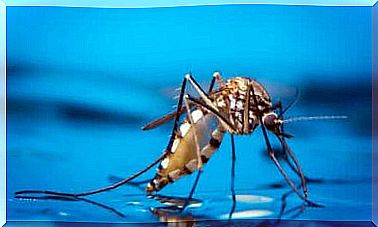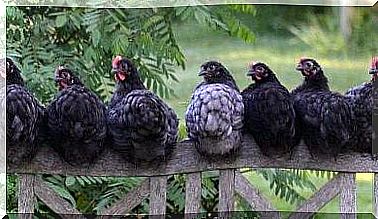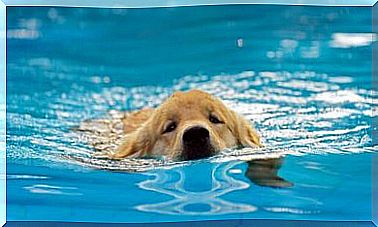Animal Cloning: Advantages And Disadvantages
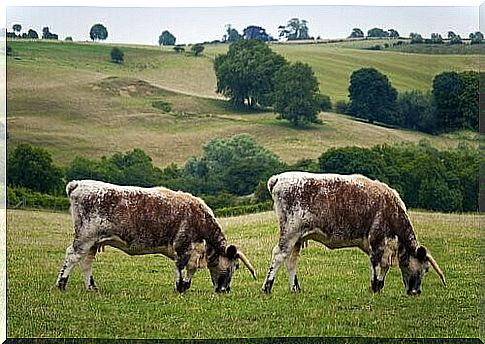
The cloning of animals is one of the most controversial progress that science has made in recent years. However, the ability to create transgenic animals by cloning has played a crucial role in contemporary medicine.
Animal cloning has made significant advances in the treatment of many diseases . But many people don’t even know what transgenesis actually is.
We want to explain that to you today. We’ll also tell you how scientists create transgenic animals and the advantages and disadvantages of this method.
What is transgenesis and how do transgenic animals arise?
Animal cloning, also known as transgenesis, is a process in which genetic information is transferred from one organism to another. When we talk about transgenic animals, we are referring to the transfer of DNA.
In general, the code or integral genetic material of one individual is not carried over to others. Before performing the procedure, scientists need to select, extract, and isolate specific genes.
Progeny or organisms produced by transgenesis are called transgenic beings. That is, transgenic animals are all those that have some genetically modified traits.
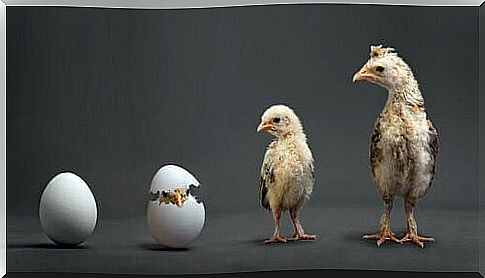
Can you clone all animals?
In theory, scientists can clone any living thing that has a genetic code. As a result, all animals, including humans, could undergo transgenesis.
So far, different animal species have been used to carry out transgenesis in the laboratory. From small insects and parasites to fish, birds and reptiles to mammals such as goats, monkeys, pigs, sheep, rats, rabbits, etc.
Most often, however, mice are used in transgenic experiments. This is mainly due to their small size, ease of use, and good adaptability to life in captivity.
Animal cloning – Dolly the sheep
Dolly the sheep is probably the best-known transgenic animal. Dolly was cloned in 1996 and was also the first animal to be cloned from the transfer of genetic material from the nucleus of adult cells.
Despite the popularity of the case, Dolly wasn’t the first animal to be cloned in the history of science. As early as the 1950s, frogs were subjected to transgenesis.
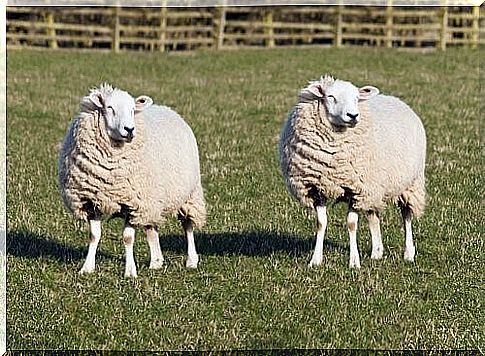
The birth of Dolly sparked much debate and popularized cloning around the world. It is still a very controversial topic today and there is still no consensus on it even among scientists.
Animal cloning: pros and cons
When we report on such a controversial topic as transgenesis and transgenic animals, we also need to consider their benefits and uses, as well as the possible risks.
In this way we can get a more rational and balanced perspective on a topic of great relevance.
Benefits of transgenesis
- Scientists have developed various experiments to enable and improve transgenesis. As a result of this research , our knowledge of the genetic configuration of many species has expanded significantly.
- If scientists have more accurate information about the genome, they can develop new therapies for many diseases, such as cancer.
- In addition, drug research could also benefit from studies with transgenic animals. Advances in genetic manipulation have enabled pharmaceutical companies to develop the latest generation of drugs.
- Transgenesis can revolutionize the current system of organ and tissue transplants. This technology can also significantly reduce patient waiting times. Cloning also makes it easier to source stem cells for regenerative cell therapies.
- Cloning techniques can also enable the creation of gene banks. This would prevent many living things from disappearing from ecosystems due to the effects of human activities.
Disadvantages and risks of genetic engineering
- Transgenic animals can be more prone to allergic reactions, including due to certain proteins that are not included in the original genetic information.
- It is not yet possible to predict the exact position of the new gene in the genome of the transgenic organism. Therefore, the end result of the transfer of genes from one individual to another cannot be predicted in every case.
- The populations of transgenic animals must be strictly controlled so as not to endanger the native species of any ecosystem.
- The use of living beings in the experiments provokes an ethical discussion. The limits of science and human activity are also discussed. Other forms of life and nature are also brought into the discussion.


